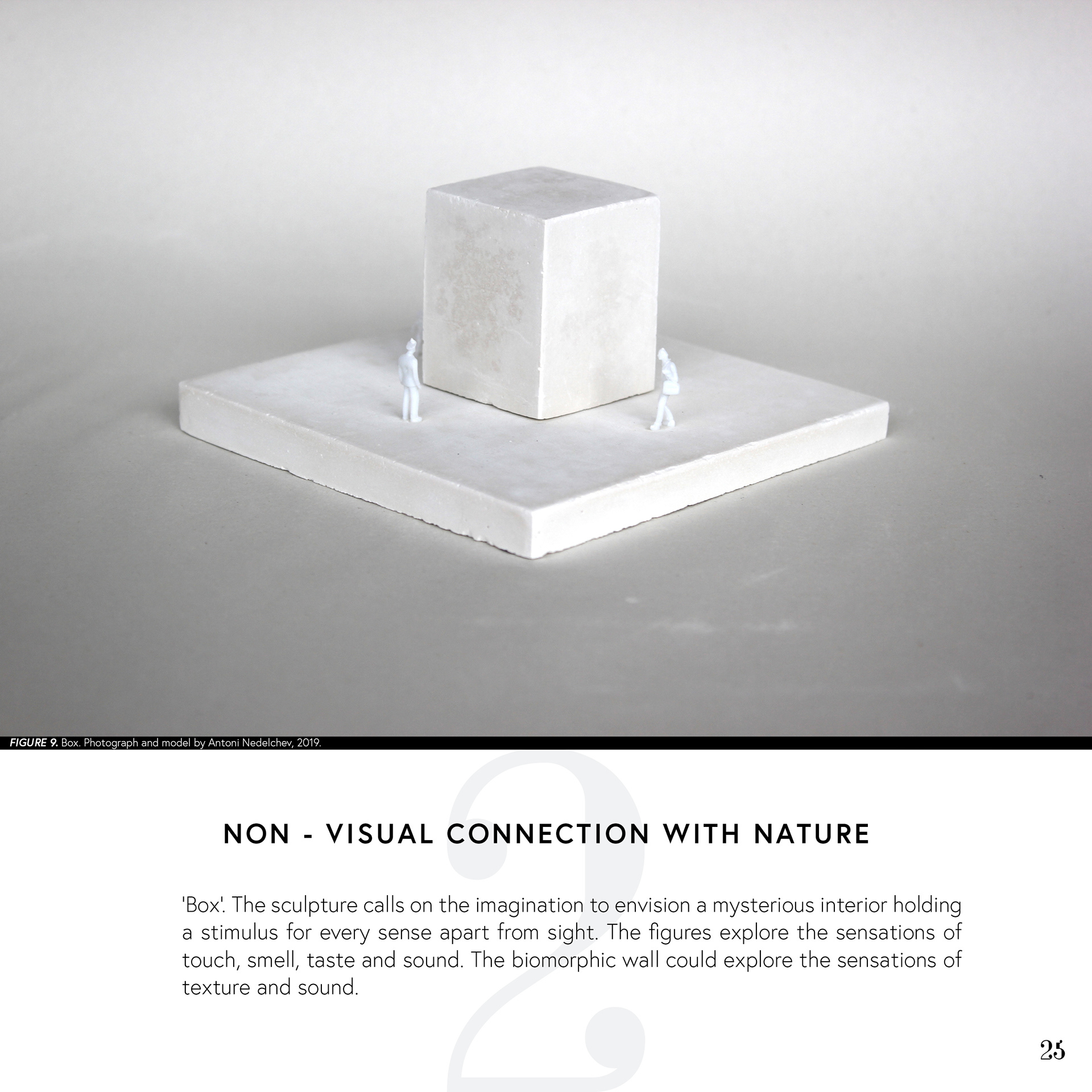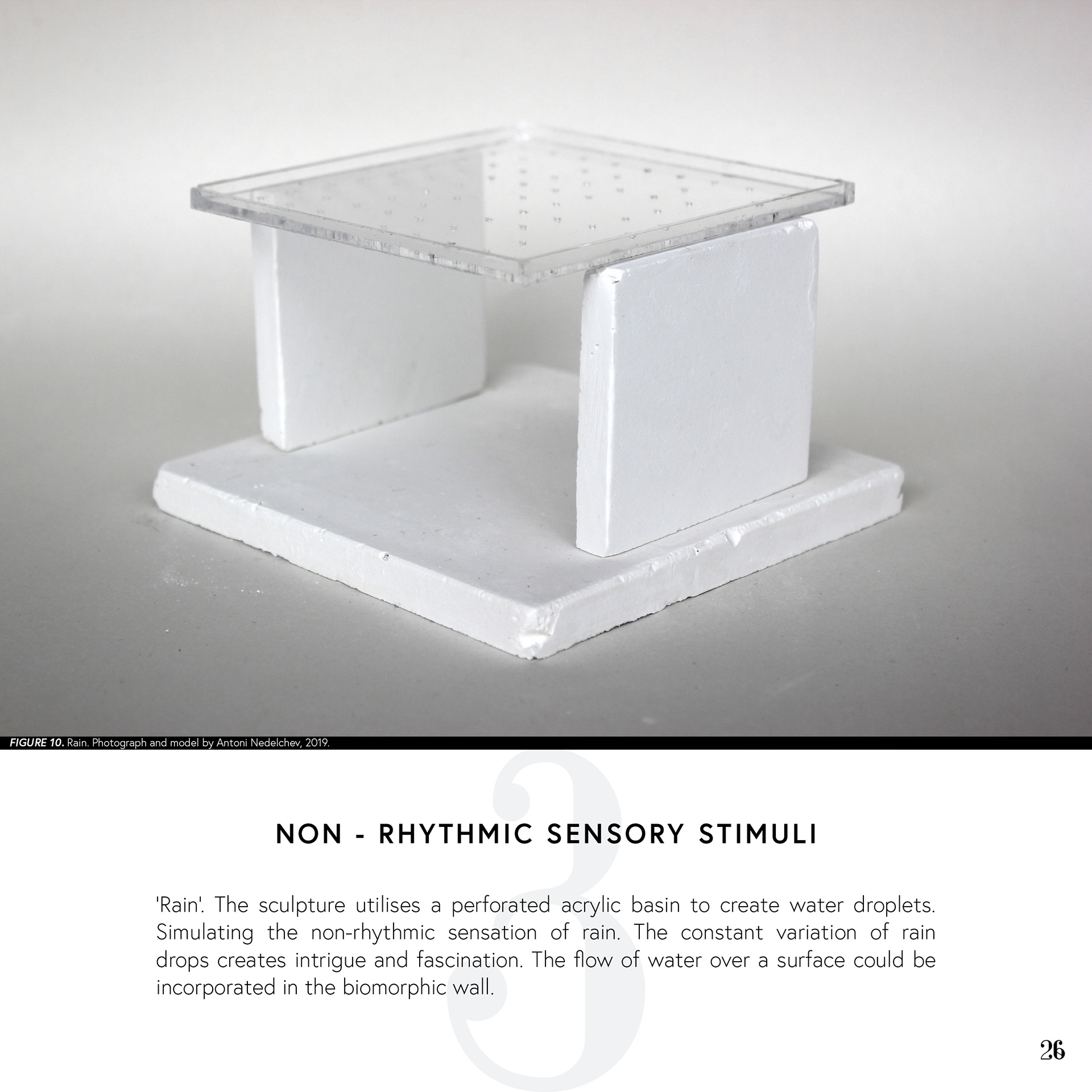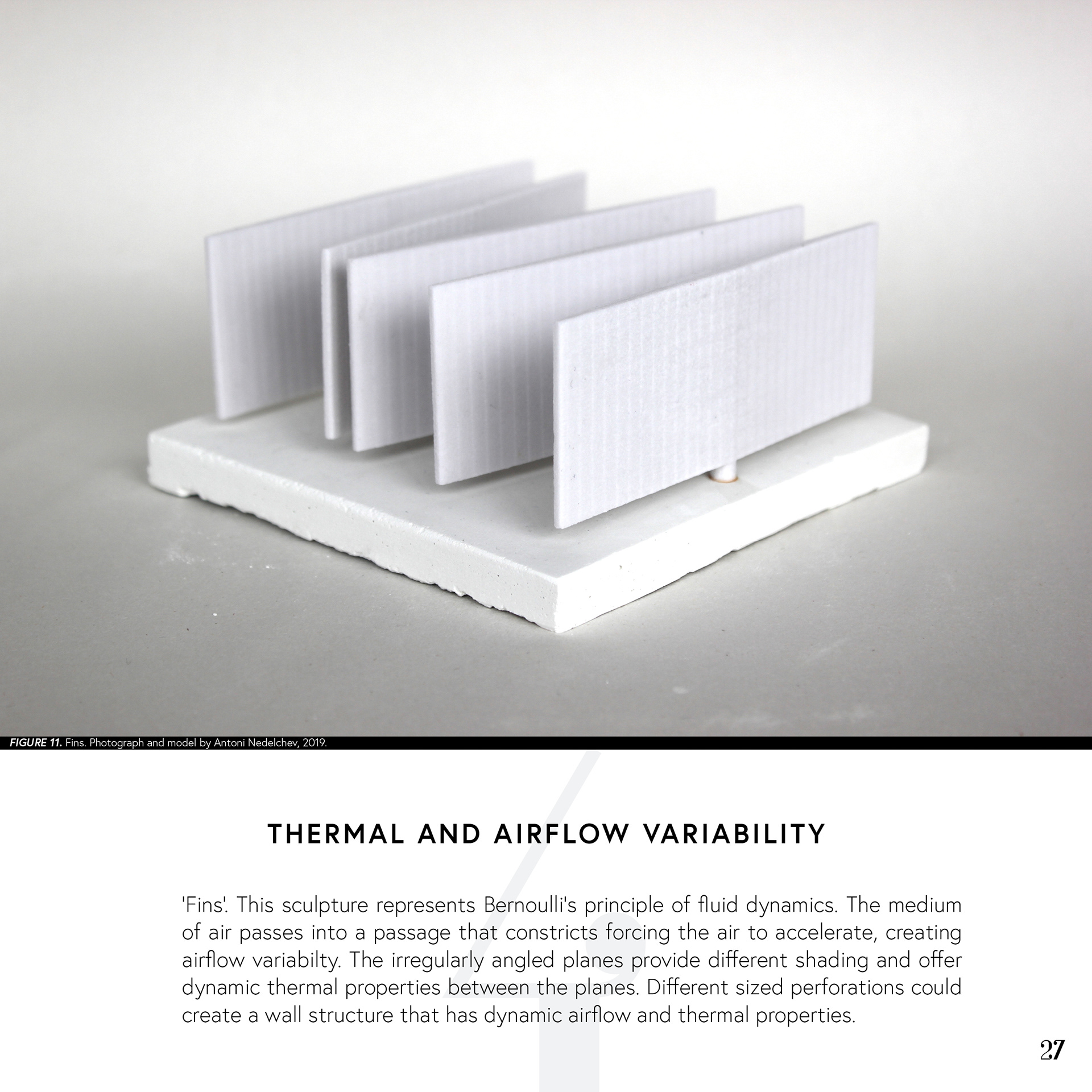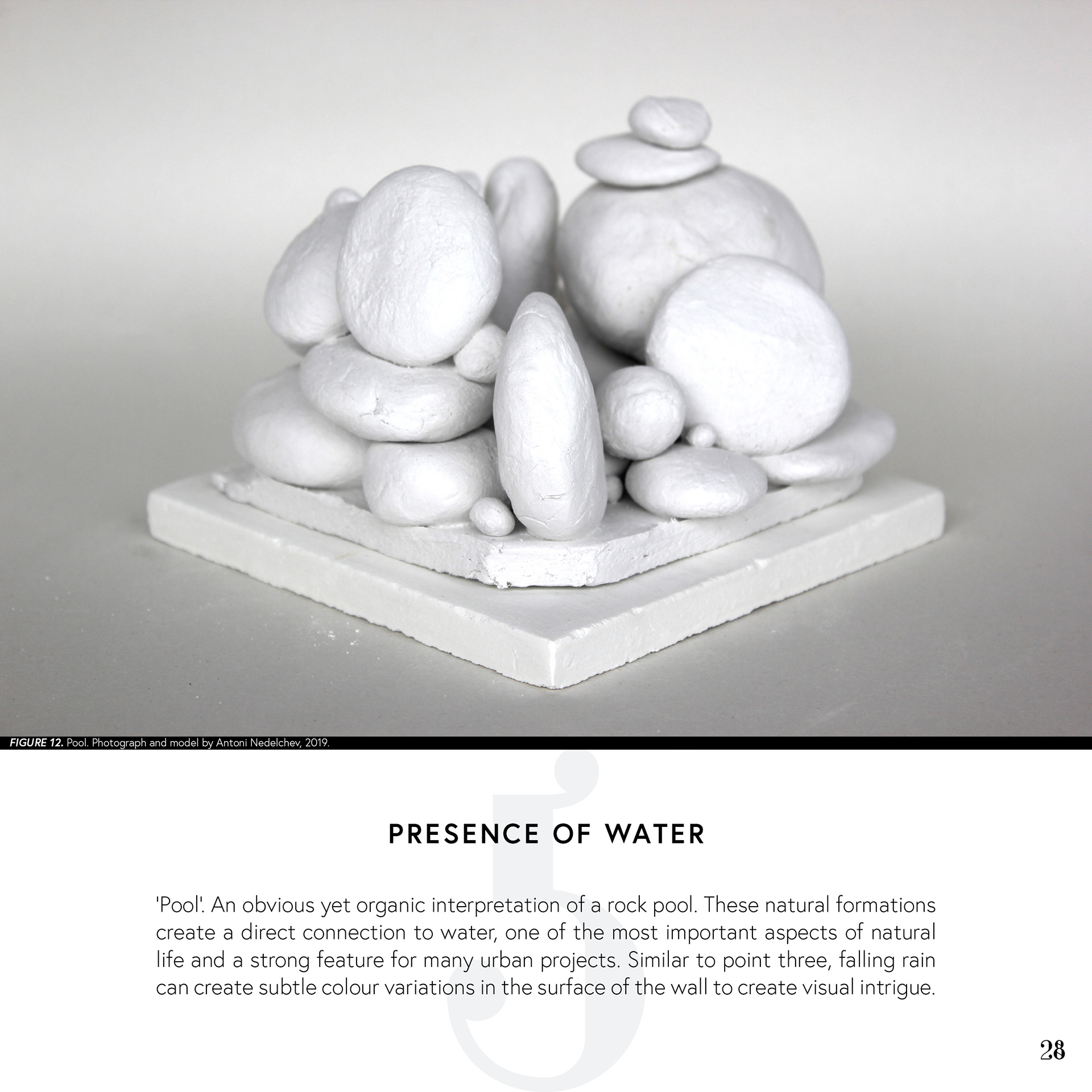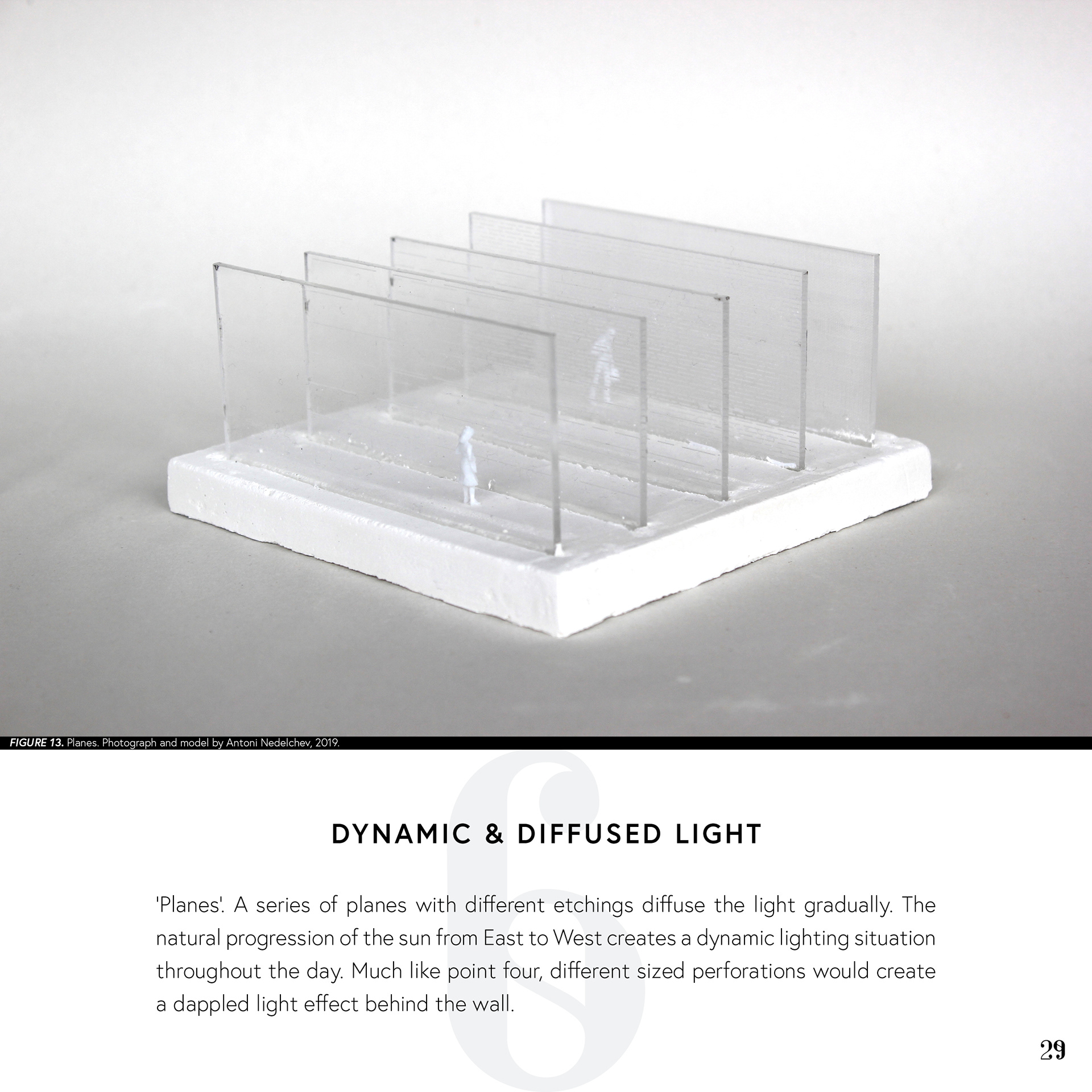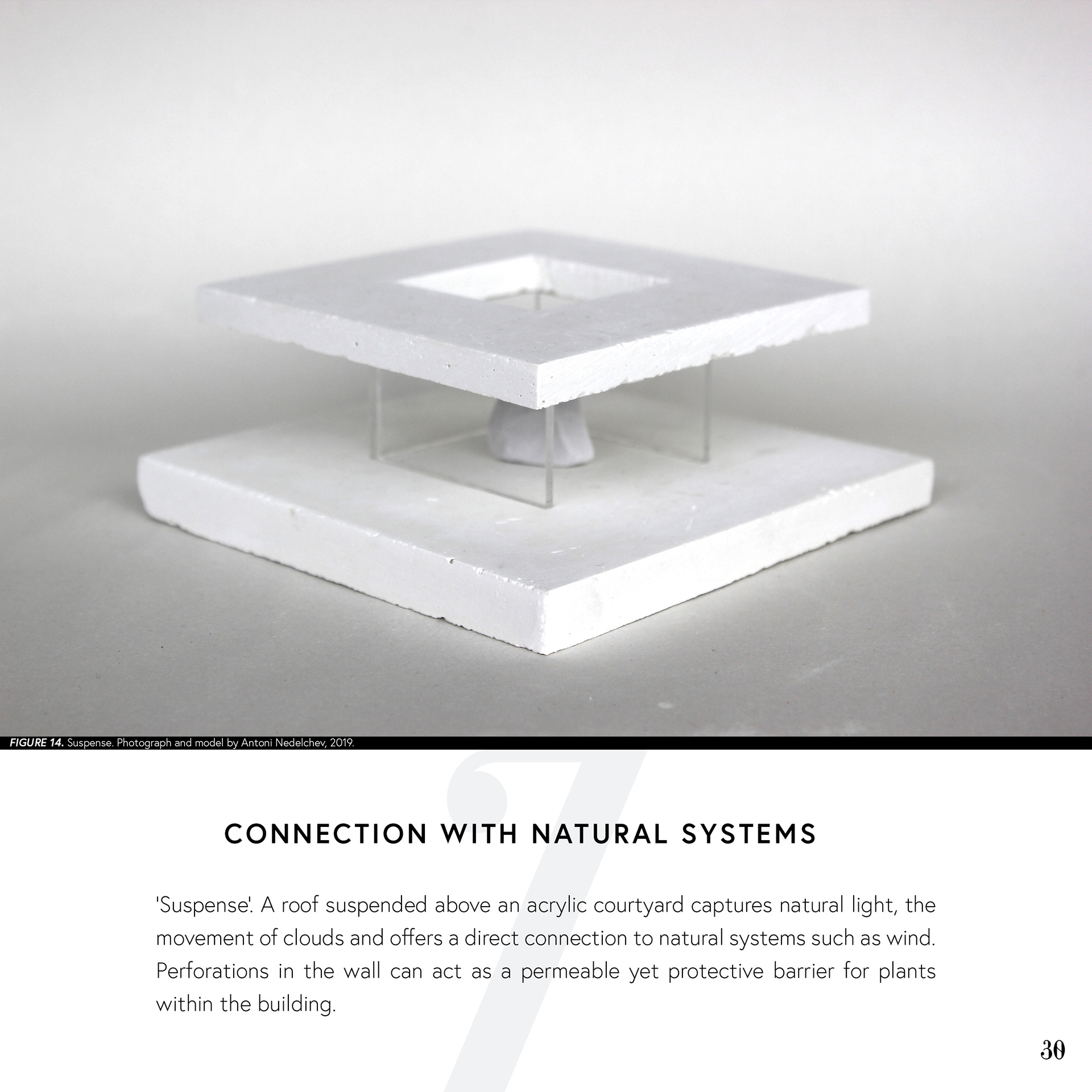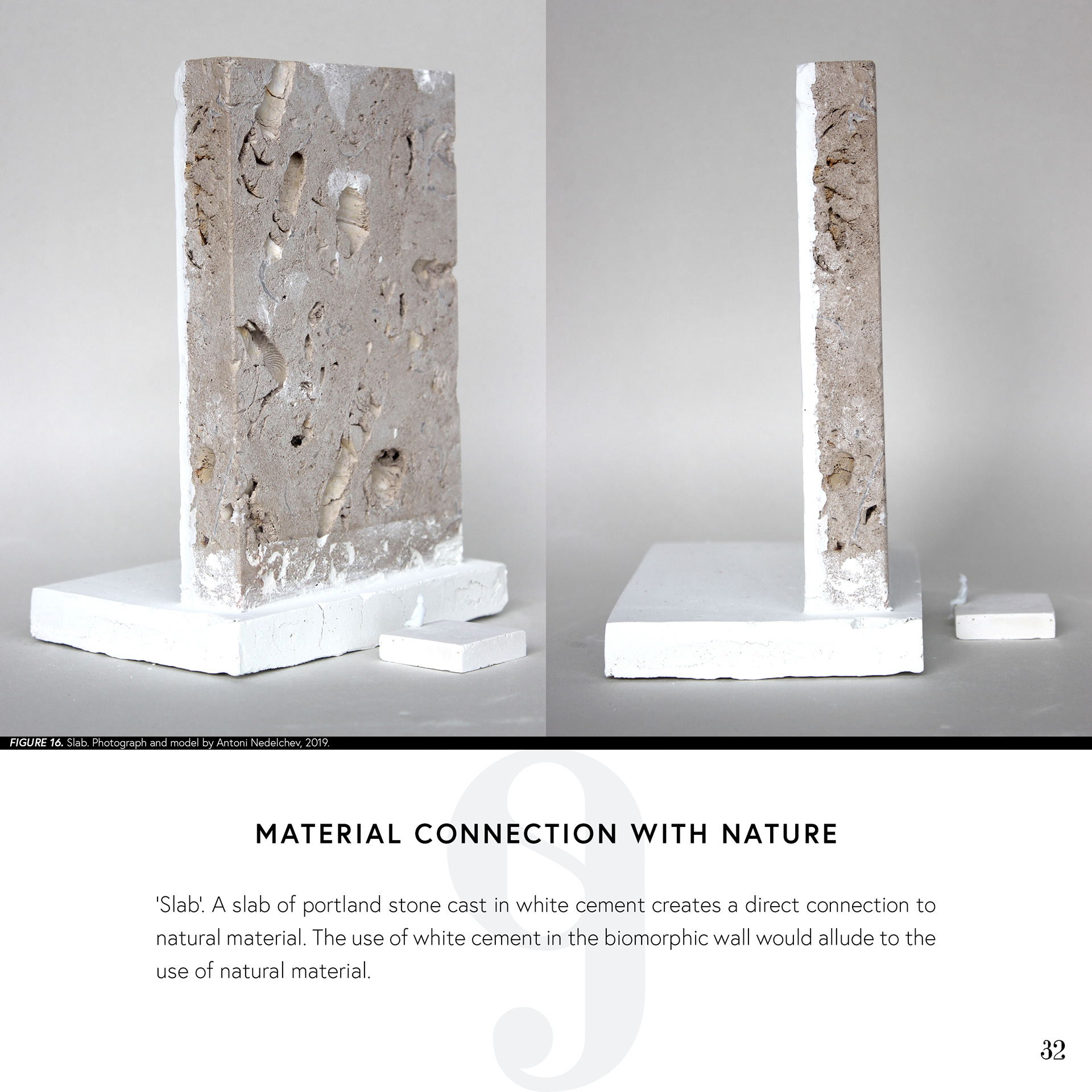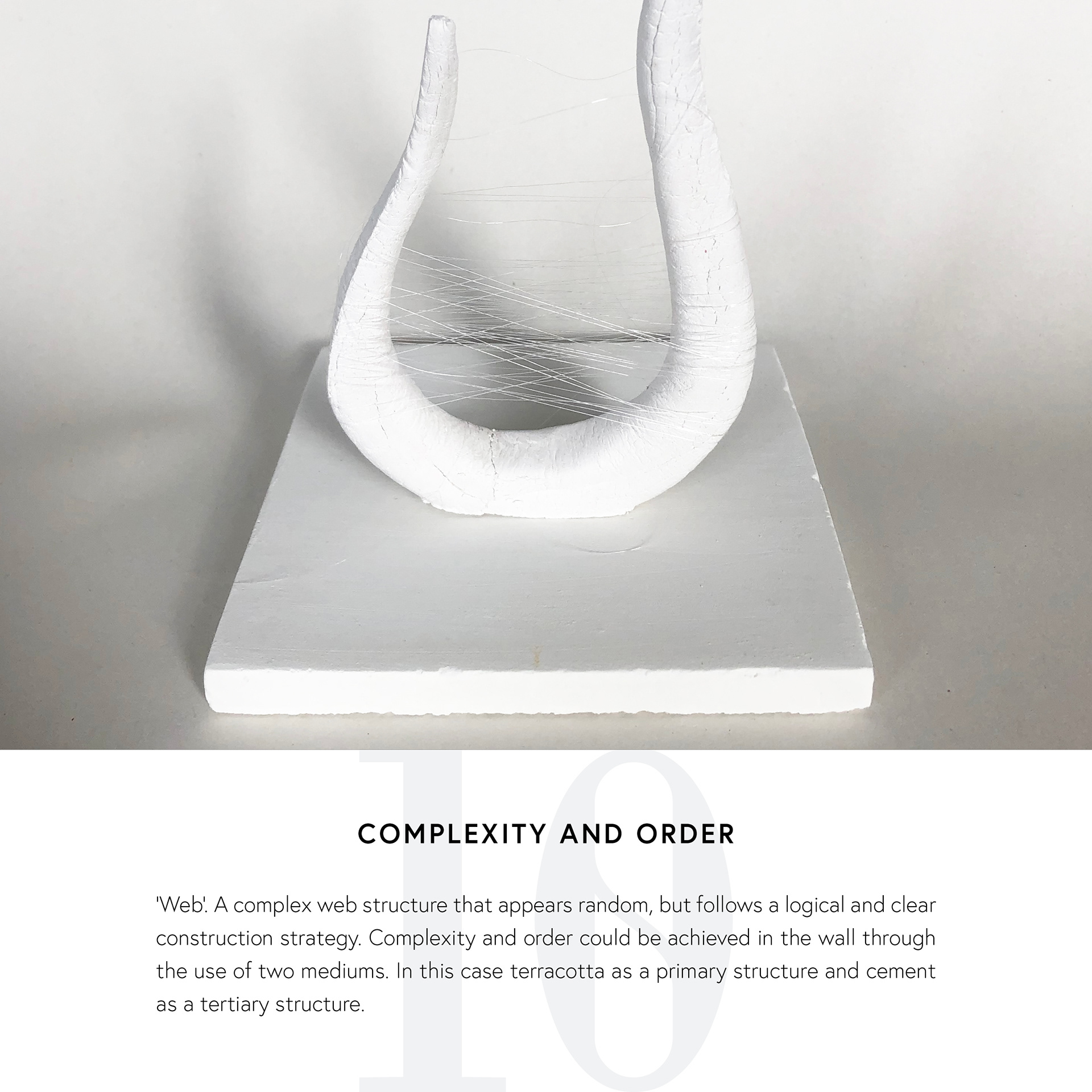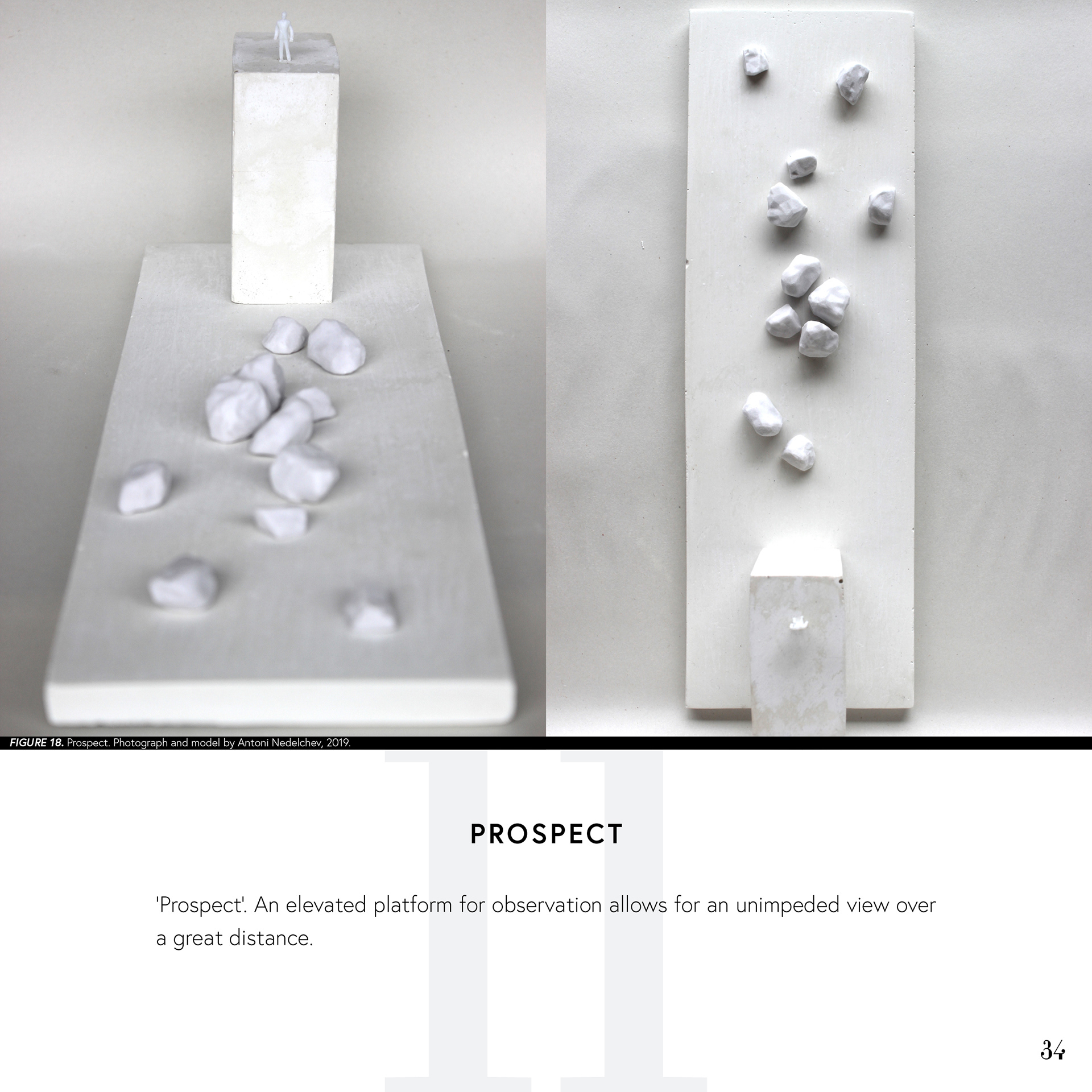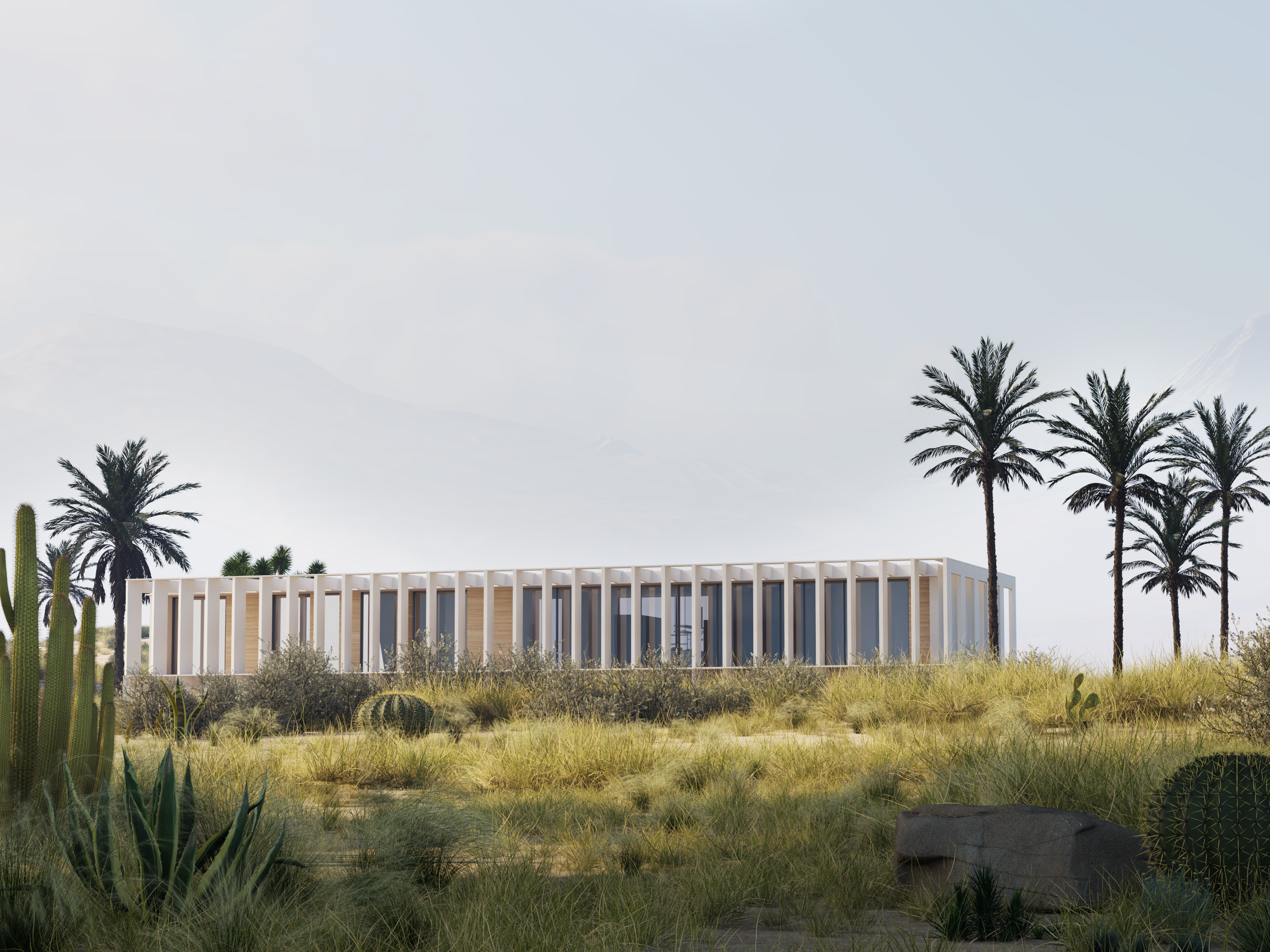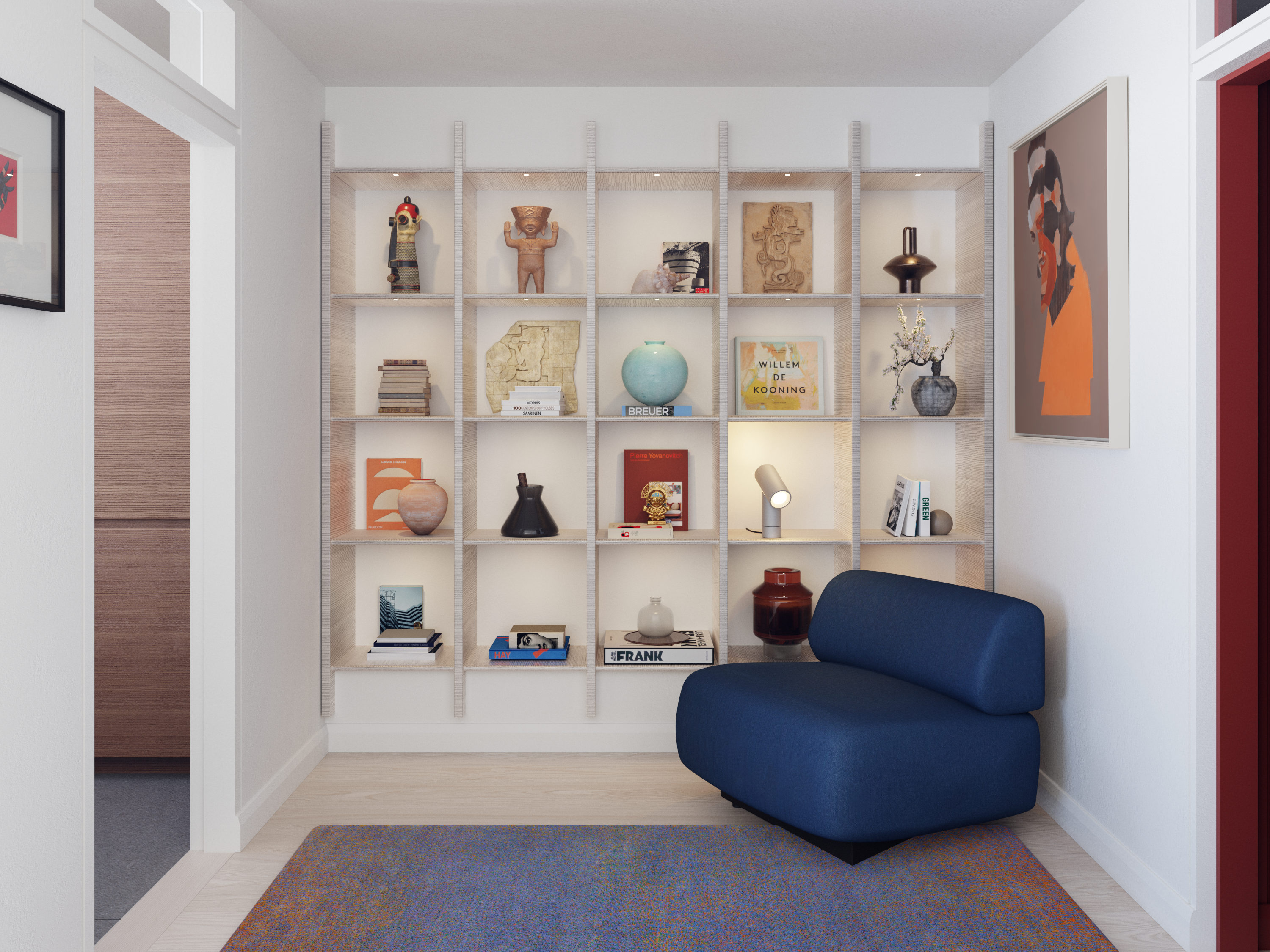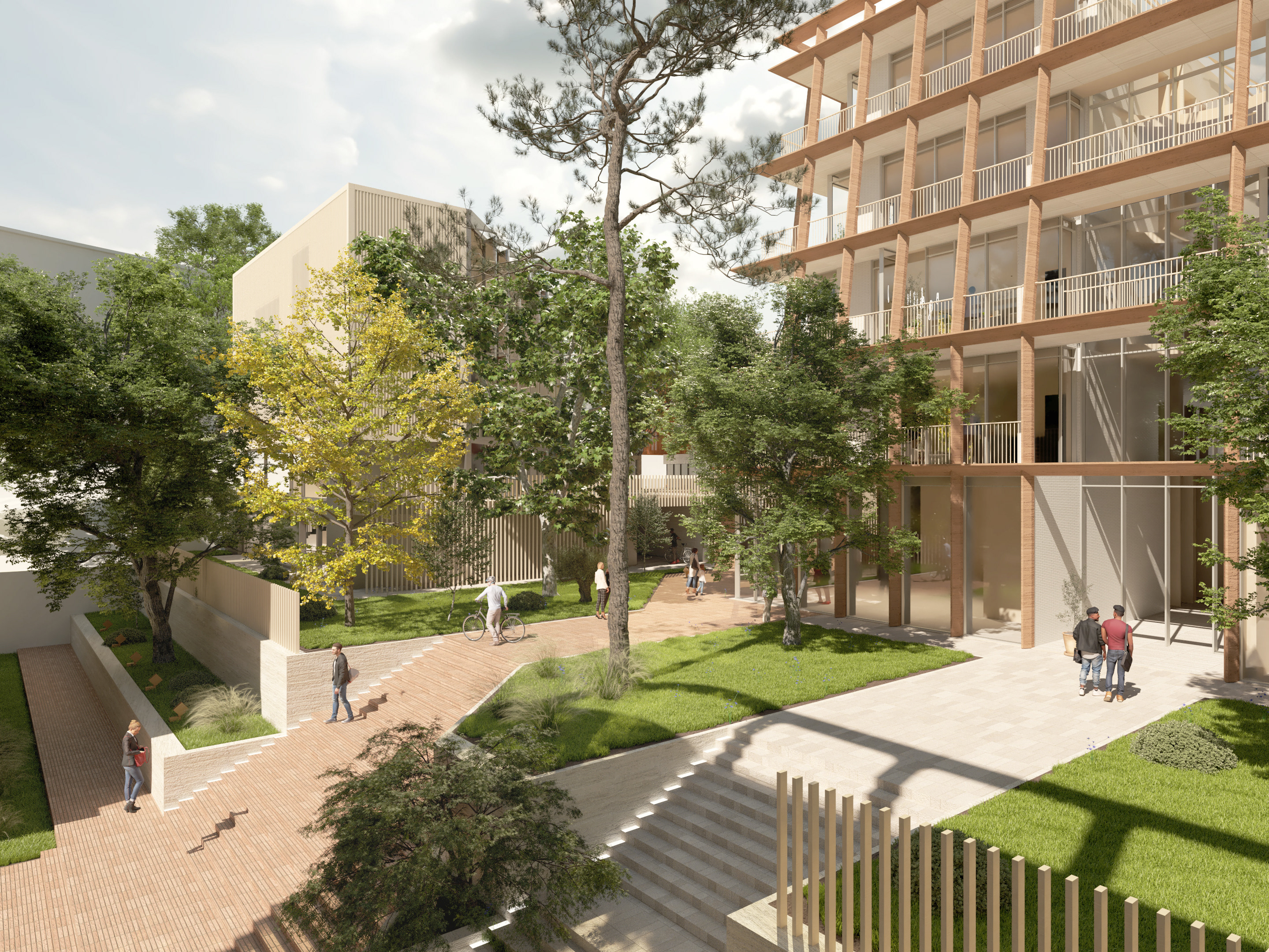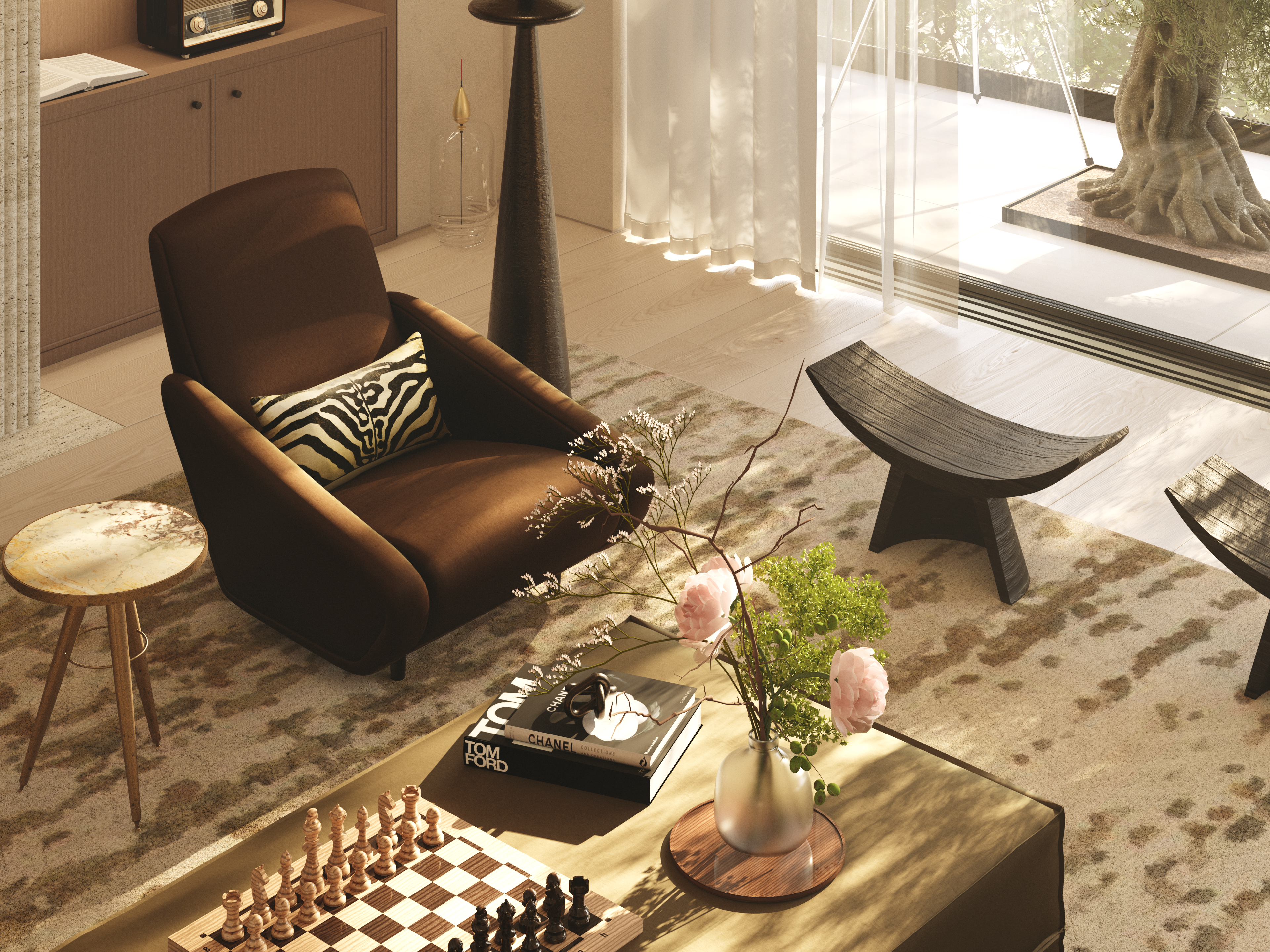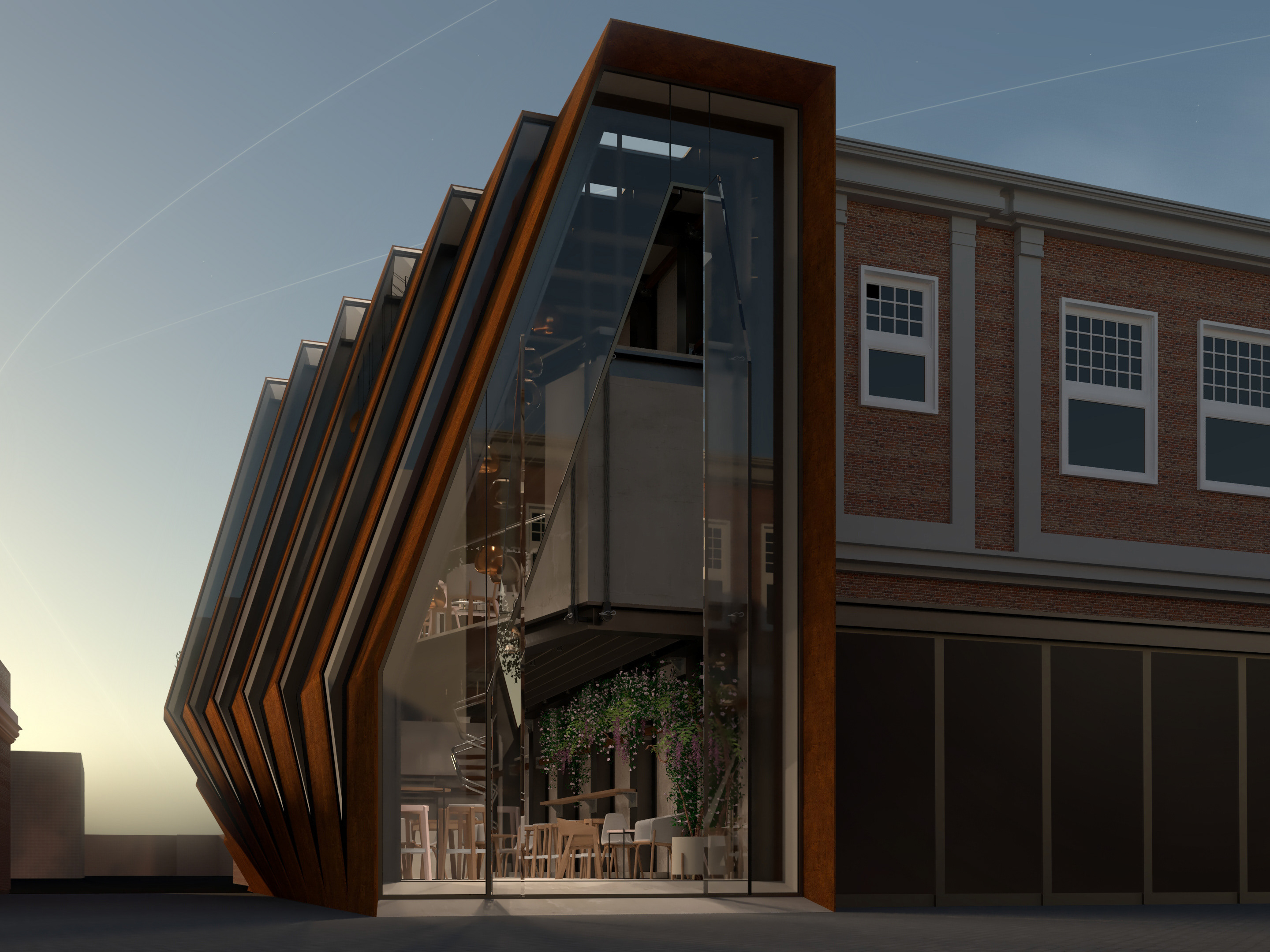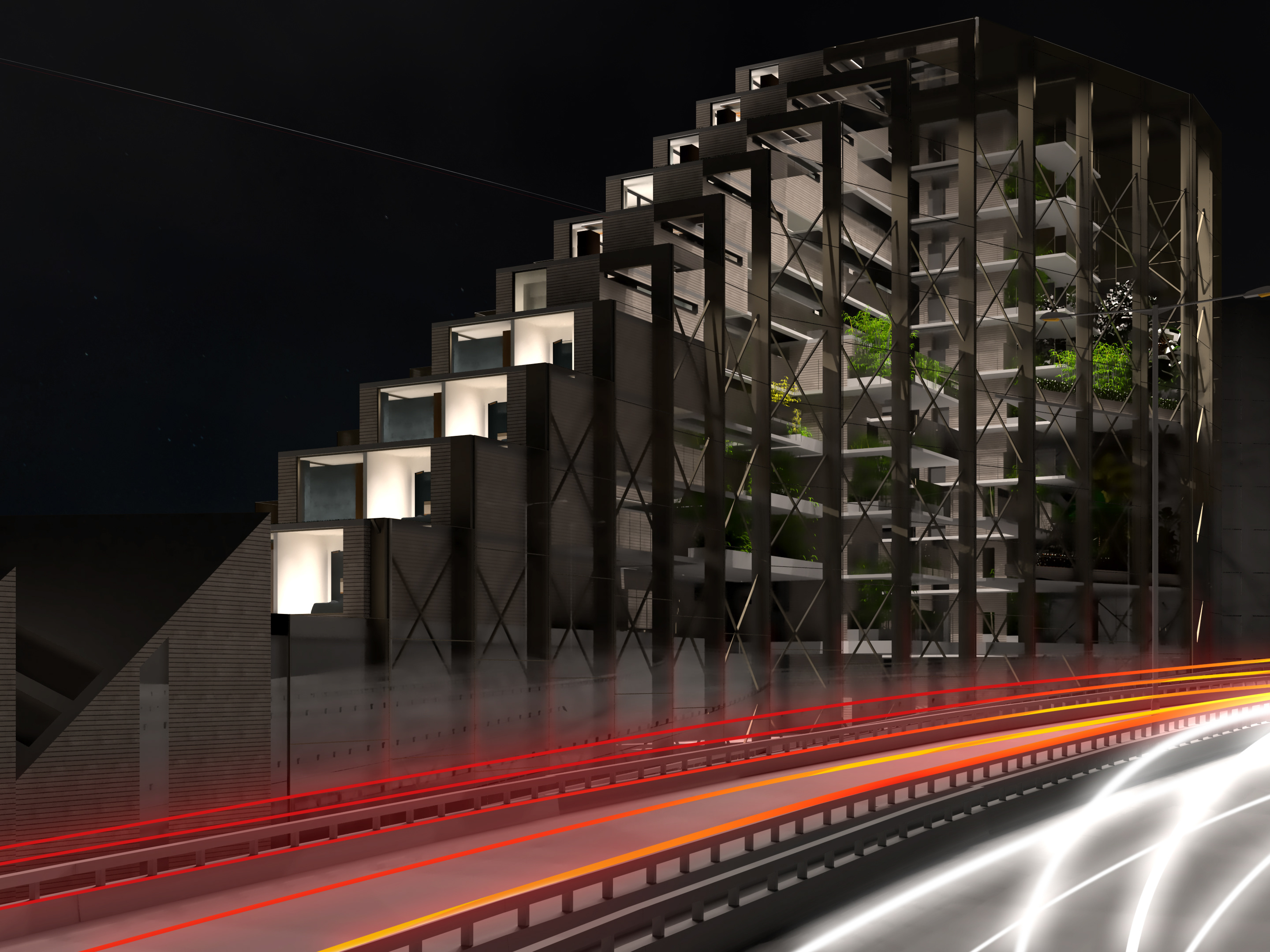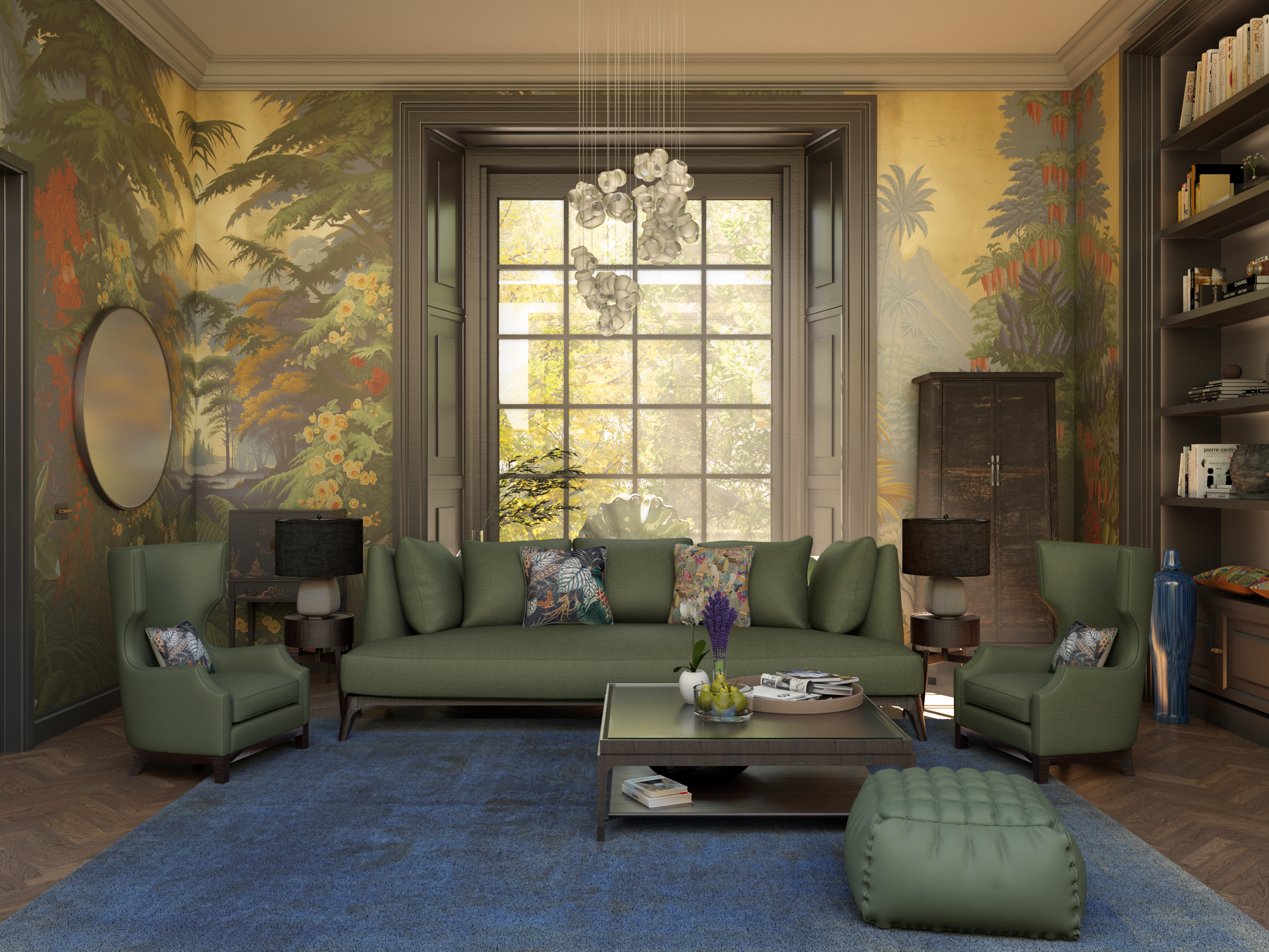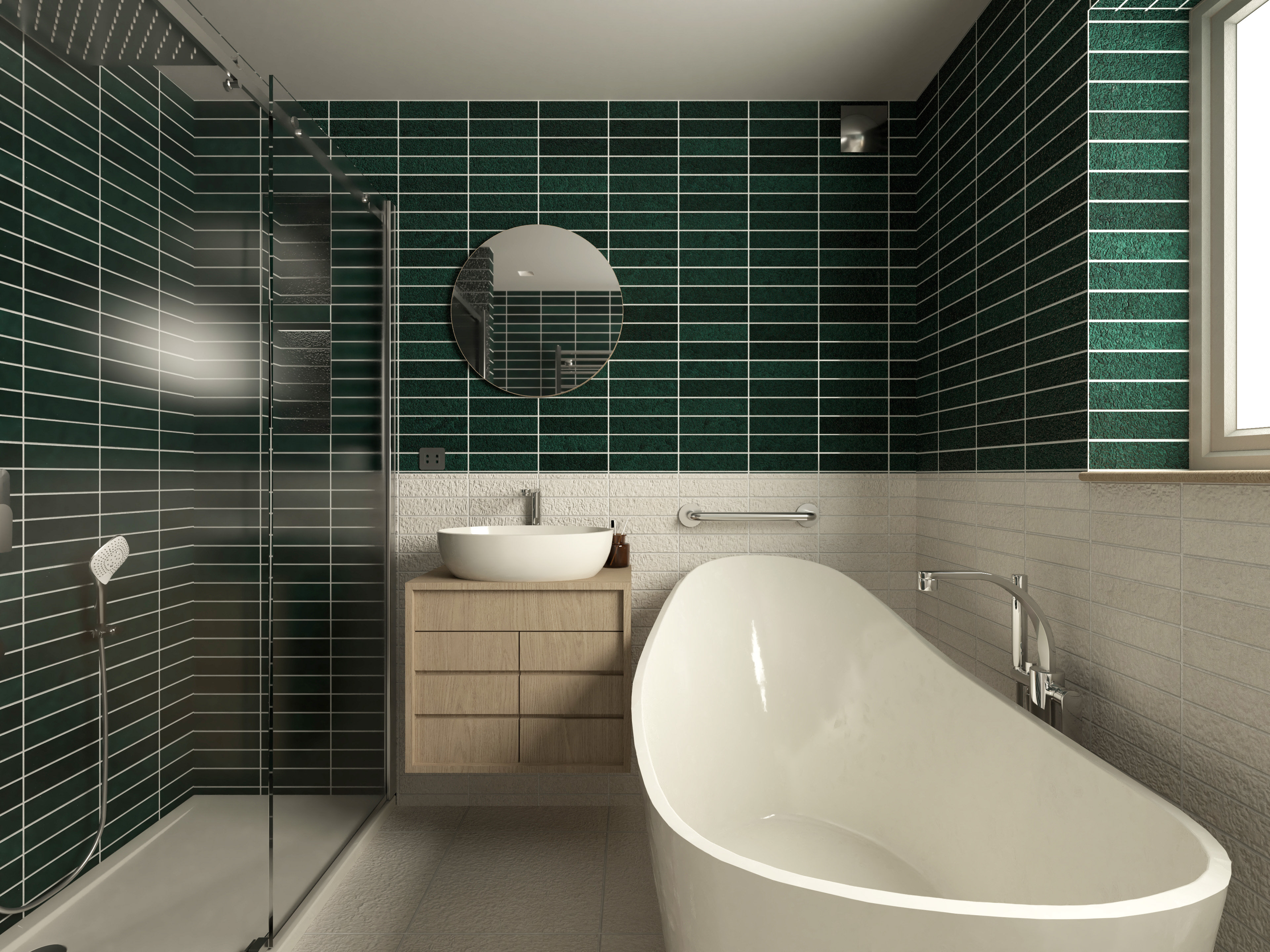“Peoples physical and mental well-being remains highly contingent on contact with the natural environment, which is a necessity rather than a luxury for achieving lives of fitness and satisfaction” - Dr Stephen R Kellert
Context
Derby was historically a central point of the industrial revolution with some of the first cotton spinning mills and factories in the UK. The city encouraged economic growth and provided successful business incubation since the 19th Century, and to this day Derby accommodates leading names in aerospace and automotive engineering such as Rolls Royce, Bombardier and Toyota. Naturally, the city evolved to become the UK’s leading capital of innovation. Unfortunately, Derby has long suffered from poor post-war rejuvenation and the construction of a ring road distancing businesses from the core of the city, choking its development. Consequently, the city core has suffered from depopulation and social issues. The neglect of iconic cultural destinations such as Derby Assembly Rooms has also degraded the availability of social spaces. This generated 3 critical aspects of exploration to encourage growth and rejuvenation within the city; culture, business and society.
Architecture has the ability to influence us in a psychological, physiological and neurological way. The understanding of how a building may alter our physical and mental behaviour can be applied rigorously to building design.
These initial considerations bring us to a brief that extends itself to the relatively undervalued theme of biophilic architecture, as a growing method of creating a socially and environmentally sensitive design. Biophilia is “an innate and genetically determined affinity of human beings with the natural world”. The term was coined by Erich Fromm in the 1973 publication ‘The anatomy of human destructiveness’ and presumed humanities evolutionary relationship with nature. The subject, however, was later scientifically explored by Edward O. Wilson in his 1984 publication ‘Biophilia’. The research then filtered into Wilson’s later book ‘Biophilic Design: The Theory, Science and Practice of Bringing Buildings to Life’. The theme also has a particular significance to myself, which was reinforced through a study abroad opportunity in Singapore; a country of significant biophilic integration; and a consequent ‘High Rise Issues’ essay on the significance of biophilic design to improving life in tall buildings.
More recently, empirical studies in the field, such as occupational stress in the office, have correlated biophilic integration to a reduction in cortisol and blood pressure which are both physiological measures of stress.
The subject explores our profound connection with the natural environment through our senses and applies these discoveries to create a healthier urban space for people. The biophilia hypothesis extends itself beyond the greening of buildings and this project will explore these methods of intimately entwining nature with the urban environment. A behavioural architecture postulates that “Peoples physical and mental well-being remains highly contingent on contact with the natural environment, which is a necessity rather than a luxury for achieving lives of fitness and satisfaction”. The study aims to develop biophilic architecture which interprets and incorporates the Genius Loci; the spirit of a place, to weave a new social fabric.

